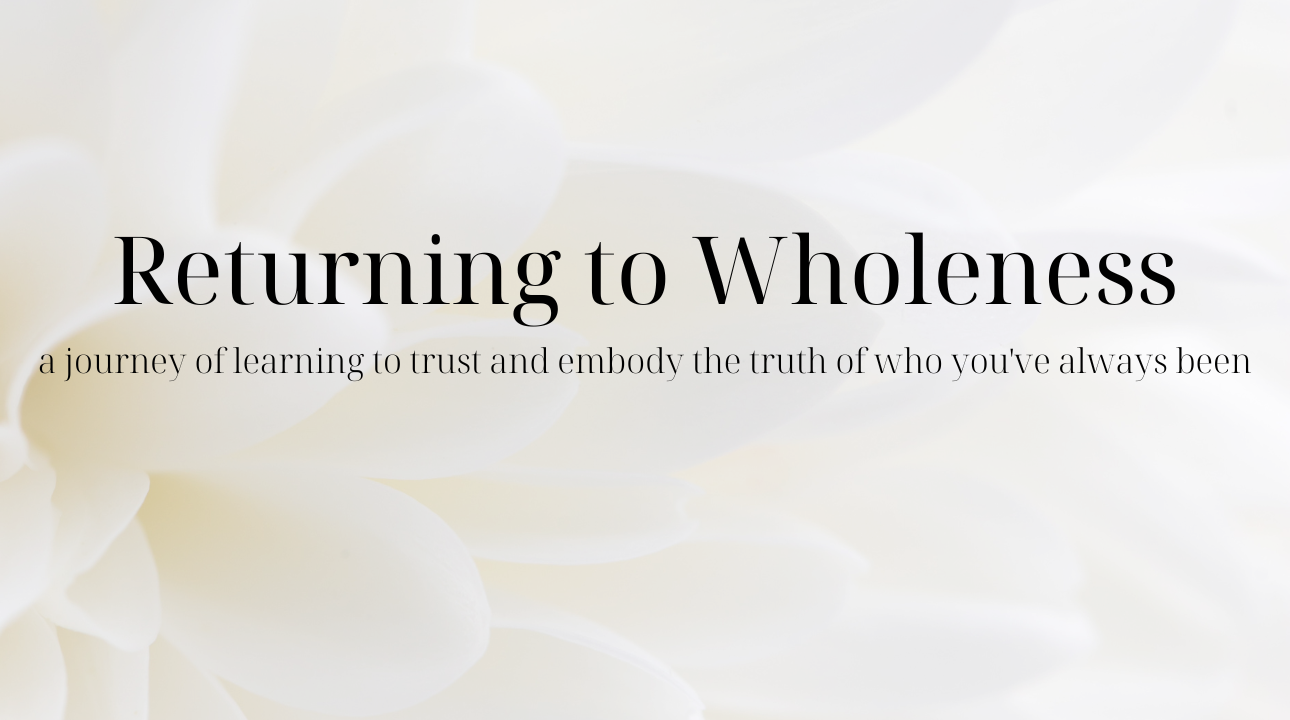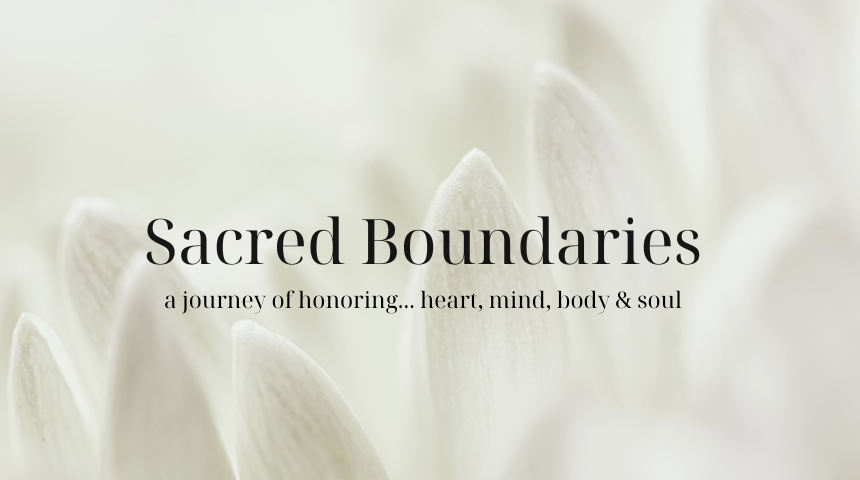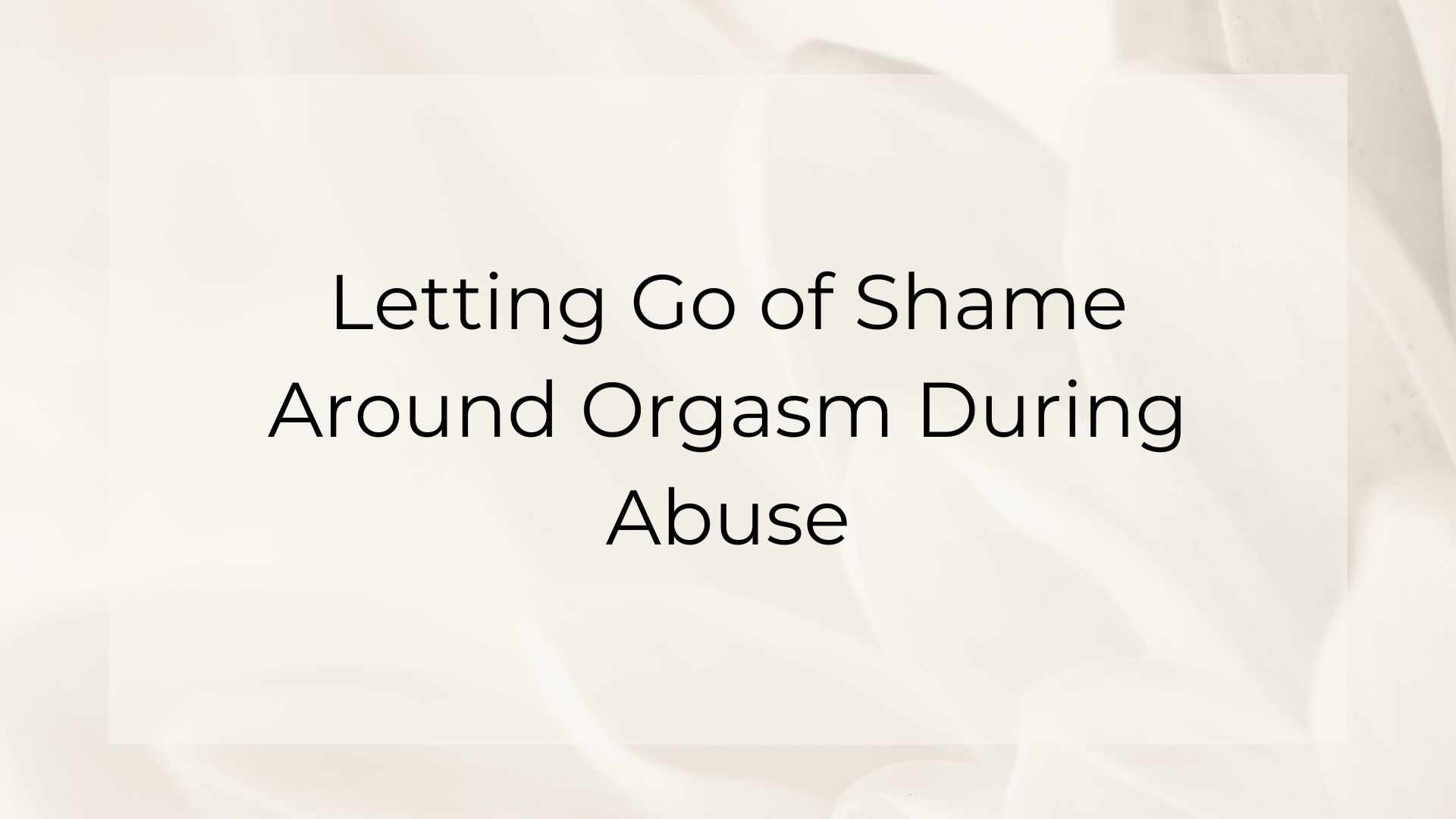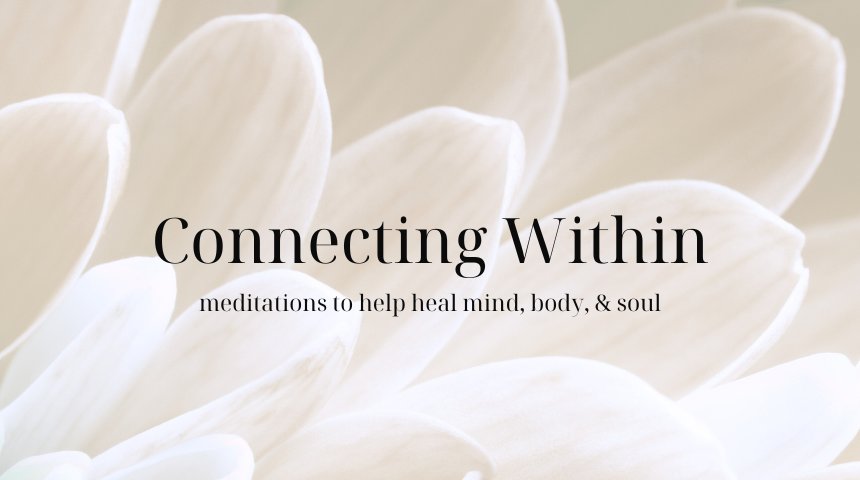The following is a summary with key points of the video.
Breaking the Silence Around a Natural Response
Experiencing an orgasm during abuse is something that many survivors struggle to talk about. The shame surrounding it can be overwhelming, making individuals feel isolated, confused, and filled with shame. But the truth is, this is a normal physiological response. Your body reacts to stimulation the way it was designed to—without this meaning you wanted, enjoyed, or consented to what happened.
The Body’s Natural Response to Stimulation
Sexual response is an automatic function of the body, just like breathing or blinking. When sexually stimulated, the body reacts—whether the experience is consensual or not. For both men and women, this response is biological. It does not indicate desire or agreement; it simply means the body is working as it was meant to.
We often hear stories of young boys experiencing erections or ejaculation without any conscious control. The same applies to female bodies, though the signs may be less outwardly visible. Regardless of gender, the body’s reactions are not a reflection of personal desire or character. They are simply a function of physiology.
Releasing the Shame and Moving Forward
The most damaging effect of experiencing an orgasm during abuse is the shame it creates. This shame can lead to difficulties in adult sexual relationships, sometimes making it hard to experience pleasure in healthy, consensual encounters. This emotional block is often tied to the unresolved guilt and confusion surrounding past experiences.
But here’s what survivors need to hear: You are not at fault. Your body responded in a way that is entirely natural. That response does not define you or your worth. Letting go of the shame means allowing yourself to heal, to trust your body again, and to experience intimacy in a way that feels safe and fulfilling.
Cultivating Understanding and Reclaiming Your Experience
If you have carried guilt or shame over your body’s response during abuse, it’s now safe to release it. You do not need to share your experience if you don’t want to. It is, however, important to learn to experience self-compassion and understanding. You nor your body did anything wrong and there is nothing to be ashamed of.
You deserve to experience connection, pleasure, and healing on your own terms. If shame has held you back, consider speaking to a trusted therapist or support group. Healing is possible, and you are worthy of a future free from shame.
If this topic resonates with you, know that you are not alone. Feel free to share your thoughts, ask questions, or simply take in this message at your own pace. You deserve peace and healing.

Returning to Wholeness Journal Course
A journey for survivors of childhood trauma of learning to trust and embody the TRUTH of who you’ve always been.
Learn more
Sacred Boundaries
A journey of honoring heart, mind, body & soul. Boundaries are hard. This course will help you recognize what you need and how to move through the obstacles keeping you from implementing it.
Learn more





